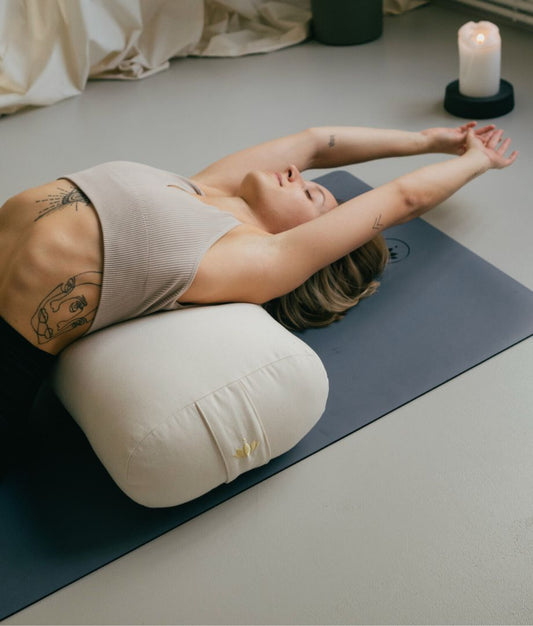
Set-Offers
Save when you buy a set
Shopping cart
Your shopping basket is empty
Yoga
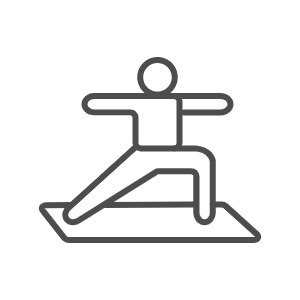
Meditation
Yoga Sets
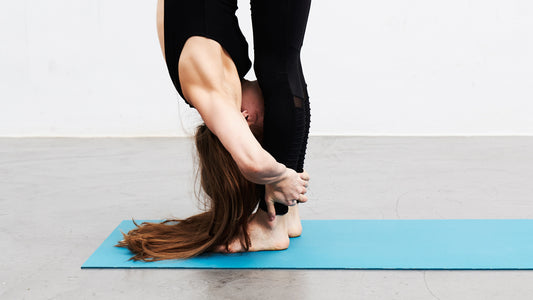
| Yoga
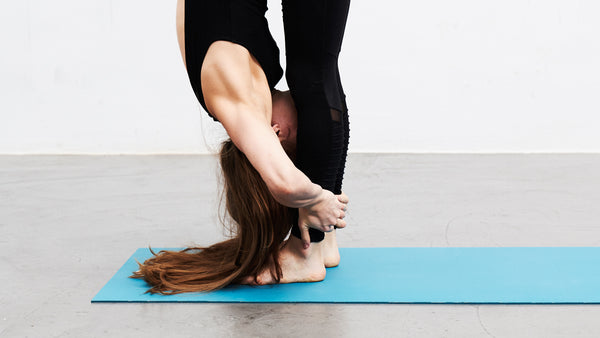
I can well understand that the thought arises that yoga is about maximum mobility. Magazines and books on this subject are often adorned with artfully decorated people. I am also impressed by what some yoga acrobats do with their bodies. Just as important as being amazed at the possibilities of individuals is the reminder that a. not everyone has the physical ability to perform these types of postures, and b. an advanced yoga practice does not mean that you can use your lower leg as a pillow. Nowhere in the ancient scriptures does it say that one finds enlightenment only in difficult, acrobatic asanas.
If you pick up Patanjali's Yoga Sutra, you'll quickly realize that the goal of yoga has very little to do with postures. Rather, it is about calming the thought waves. And if you keep squinting at your matmate or comparing yourself to the yoginis on Instagram during practice, it doesn't make your mind calmer and more balanced. Maybe that nice older gentleman who can barely bend down but is fully engaged and in touch with his breath is closer to samadhi than you are.
You will also find clear instructions in the Yoga Sutra about the execution of the postures: "Asanas should have the quality of stability and lightness in equal measure." (quoted from TKV Desikachar) There is no question of mobility here either. And recent research backs up studies: Hypermobility is more likely to lead to pain and susceptibility to injury. In order to achieve a healthy balance for your body, you should practice a balanced yoga practice that ensures the gain in mobility through strength. Stretching exercises should be balanced with stabilizing exercises to build strength and core strength.
But also on a spiritual level we can promote certain qualities through our yoga practice. From the point of view of Ayurveda, we influence our doshas . It is the case that in our Western everyday life the Vata dosha, which is connected to the element of air and stands for movement and speed, often dominates. Most of us are exposed to many impressions and a high speed, constantly multitasking and need a lot of flexibility for this. The downside is that this can also lead to instability and restlessness – on a physical and mental level. So what we often need more than even more movement and agility is stability, grounding and focus.
A yoga practice that is favorable for us should therefore adapt to our individual needs and possibilities and ensure a healthy balance. What that means in concrete terms varies from person to person. If you are a more grounded Kapha type by nature, then your yoga practice may have more speed and focus on flexibility than with a Vata type, who is often overwhelmed by his many ideas, thoughts and impulses and who tends to focus better.
So keep admiring beautiful people and aesthetic bodies in acrobatic postures. But if possible, don't forget what yoga is really about.
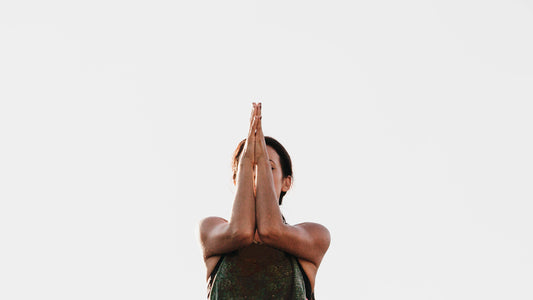
According to Patanjali, the goal of yoga practice is to still the undulations of the mind. One of the most important tools on the way there is our ...
Continue reading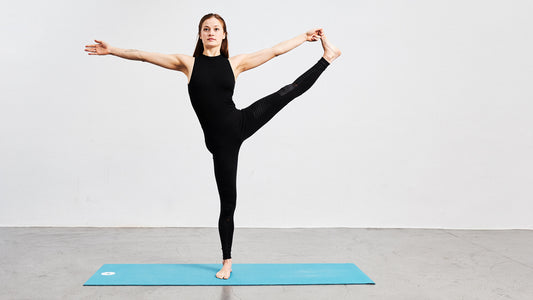
We humans love to set goals. There's nothing wrong with that either, because nothing gives us more stamina and energy than a vision to which we are...
Continue reading
There are no comments yet. Be the first to leave a comment!